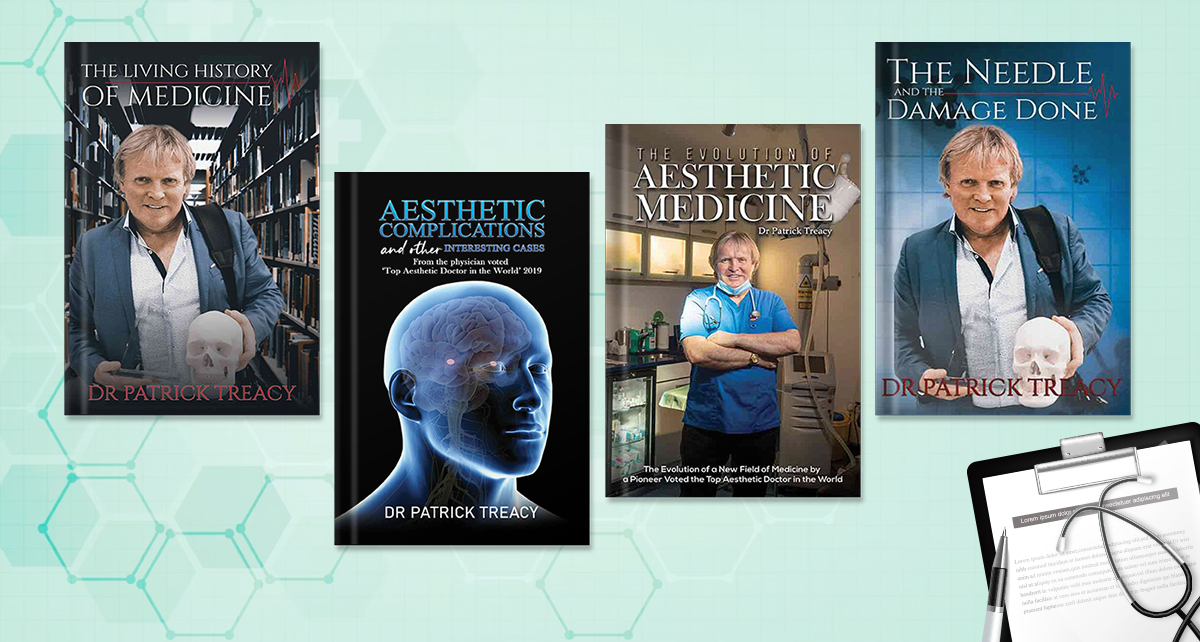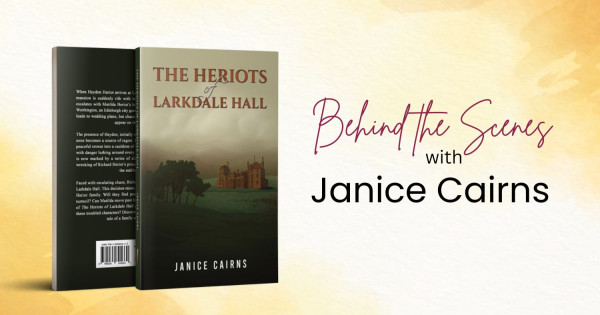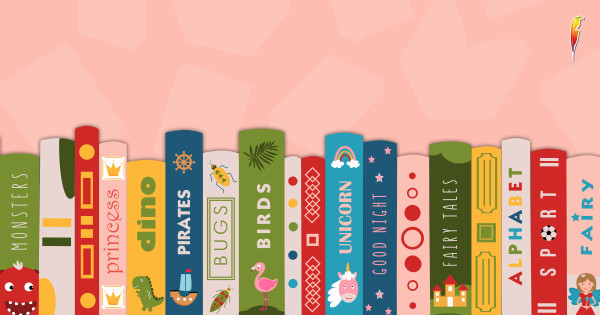
An Afternoon with Dr Patrick Treacy
1. What in particular about the Cosmetic industry sparked your interest?
The history of aesthetic medicine is a recent one, largely forged through the advent of twentieth-century technology. It was the emergence of three new technologies: hyaluronic acid dermal fillers, botulinum toxin and the IPL laser at the turn of the last century, which gave us the possibility of creating a whole new field of medicine. In that period, I was working in a dermatology clinic in Queensland, Australia but appreciated that a whole new era of medicine could now be created and returned back to Ireland to do so. I am recognised globally as being a pioneer in this emergent field of medicine being recently awarded the “Top Aesthetic Practitioner in the World 2019”, and amongst a few doctors in the world to have won the coveted AMEC Trophy three times. These awards are for varied research relating to the use of stem cells, platelets and 633 nm red light in treating cancer cachexia, facial rejuvenation, and hair transplant. These types of procedures are now popularised and being used by clinicians all around the world.
2. You delve deeply into the history of the cosmetic industry which is something the public doesn’t think about when discussing the topic. Why did you feel this was an interesting/important thing to include in your books?
The term Aesthetic Medicine now encompasses a more generalised term covering procedures that tend to focus on altering the cosmetic appearance. These include conditions such as skin laxity, wrinkles, excess fat, cellulite, unwanted hair, skin pigmentation and broken vessels. Traditionally, for thousands of years, there has always been conflict as to which specialism owns this territory. Aesthetic Medicine procedures are usually elective and are increasing year by year. There were 50 million aesthetic-type procedures performed globally in the period 2019-2020, and these numbers increased since the Covid pandemic. The public and many others remain confused as to whether medical staff or others should perform these techniques. It is only in the early part of the 20th century some of these cosmetic procedures gradually were included in the medical discipline and differences of opinion date back five hundred years before the birth of Christ to the School of Alexandria. Although medicine was included in the school of Alexandria, along with astronomy and philosophy, the practice of cosmetology was not as it was considered by these physicians to be minor, without healing purpose, and left to lay practitioners. In 1745, George II created a legal separation between physicians and barber-surgeons. Initially this new field of Aesthetic Medicine included aesthetic physicians, dermatologists, reconstructive and plastic surgeons but now includes dentists, nurses and more recently beauticians, each specialism pushing the boundaries of what the regulators allow them to do. Surgical procedures (liposuction, facelifts, breast implants) have largely remained within the realm of doctors, but non-surgical procedures (radio frequency skin tightening, non-surgical liposuction, high-intensity focused ultrasound, radio frequency fat removal and chemical peels) are now being done by many aestheticians, especially in countries with weaker regulation. In fact, I find the subject so interesting that I have dedicated a chapter of this book to this.
3. You have had a very successful career. You were recently awarded the Tia Mia Hair & Beauty Awards Lifetime achievement award, in addition to this in 2019 you were awarded the “Top Aesthetic Practitioner Award”. Further to this, you have been involved in many humanitarian causes. Could you tell us more about this?
In 1987, I was accidentally jabbed in the leg with a needle used on an HIV patient while working in a Dublin hospital. This resulted in having to cut out an area of his leg as this was before protease inhibitor treatments for AIDS existed and thankfully, I never developed the illness. In my first memoir, Behind the Mask: The Extraordinary Story of the Irishman who became Michael Jackson's Doctor, I detail how this incident led to me being involved in humanitarian work in Africa and later to pioneer new aesthetic treatment surgeries to help people with AIDS and HIV. In my later novel ‘The Needle and The Damage Done’, I explain how this terrifying moment could have cost me my life. As previously mentioned, the needlestick incident eventually led to my humanitarian work in Africa and my developing empathy for people who suffered from HIV/AIDS and were marginalised or discriminated against as a consequence, pioneering new aesthetic and surgical treatments to help people with LD-HIV. This is a condition characterized by loss of subcutaneous fat associated with infection with HIV. In 1993, I visited HIV orphanages in Zimbabwe and South Africa, and some of his later medical articles about these experiences won him Irish professional media awards. In 2001, I challenged 'traditional' views on treating AIDS at a medical conference in South Africa, where I had done a placement as a young doctor, openly challenging Thabo Mbeki for his stance on AIDS when he advocated that the correlation between poverty and the AIDS rate in Africa was a challenge to the viral theory of AIDS. In 2002, I wrote an article for the Irish Medical Times entitled "A Tragedy That Has Resulted in Countless Needless Deaths in Africa". Mbeki's ban on antiretroviral drugs in public hospitals is estimated to be responsible for the premature deaths of between 330,000 and 365,000 people. In 2011, I became an ambassador for the Michael Jackson Legacy Foundation (a charitable organisation dedicated to continuing Jackson's humanitarian legacy), which helped HIV children and built orphanages for abandoned orphans. In 2012, I opened the Everland Children's Orphanage in Monrovia Liberia, which was funded by Jackson's fans through MJL. In 2013, I opened a second Everland Children's orphanage high in the mountains and fifty miles away from the earthquake epicentre in Mirebalais, Haiti. This was on the same site where Digicel also built a new school to replace the devastated Miracle Restoration Centre in Tabarre. I have been in Africa almost every year since doing humanitarian work in Malawi and Uganda and God willing intend to return to South Africa in the fall.
4. The cosmetic surgery industry is one that is intensely scrutinised but commonly used. What do you think about the public discourse surrounding it?
A lot of the public discourse of the cosmetic industry mostly relates to the situation in the United Kingdom where regulation is apparently almost totally absent. Europe and America apparently have much stricter regulation and governance as to who can perform which treatments. I practice aesthetic medicine in Britain and Ireland and find it difficult to pass judgment in who should police this industry.
5. Finally, what message do you want readers to take from your books?
My books are varied in content, some being educational texts while others are in the context of memoirs. Maybe I could answer that by referring to one of The Needle and the Damage Done reviews.
‘’Patrick Treacy’s poignant memoir is a gripping page-turner and I truly felt as if I was on a rollercoaster-like journey reading this book full of excitement, a wonderful experience steeped in optimism, risk, and sheer excitement. I got an insight into the more enduring times in his life as he faced many trials and tribulations in his early life as a boy growing up in the height of the Northern Ireland troubles and the journey as a young doctor who later becomes the best aesthetic doctor in the world. He is a gifted writer with fluid prose and insightful observations of the many adventures he has been on, from treating the King of Pop Michael Jackson to being held captive as a prisoner by Saddam Hussein. The narrator’s personal interactions illuminate the diversity of life and how courage can bring you on any journey you desire. It shows how life can take many turns and how with the right spirit you can do and become what your heart truly desires. The writer brings you on the epic life journey that is steeped in travel, adventure, politics, and lastly his involvement in pioneering the world of aesthetic medicine that now totally encaptivates modern society.
We use cookies on this site to enhance your user experience and for marketing purposes.
By clicking any link on this page you are giving your consent for us to set cookies



